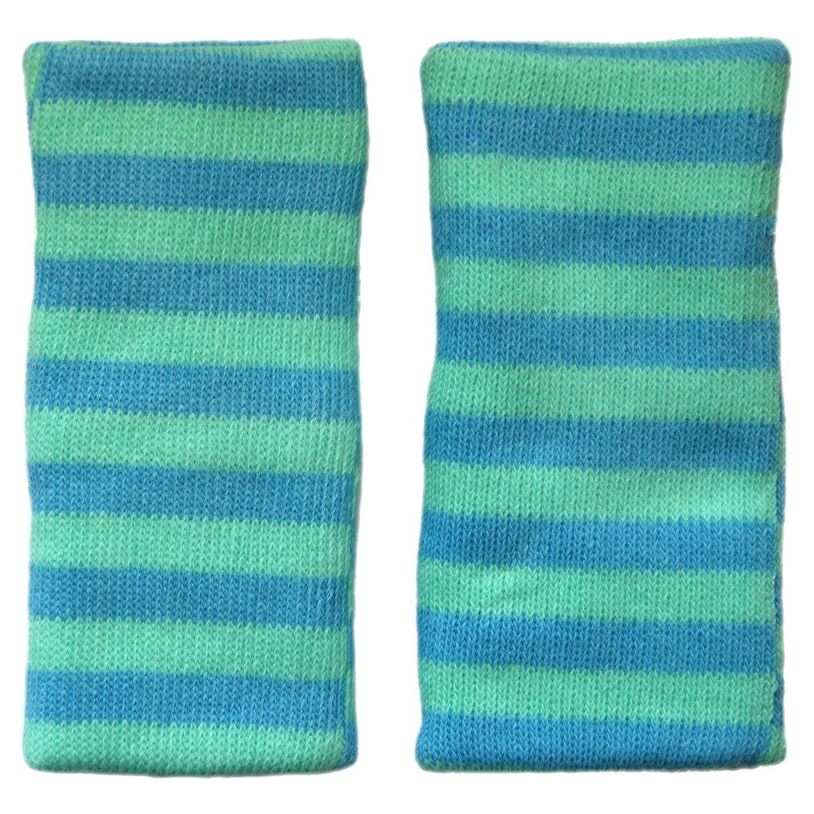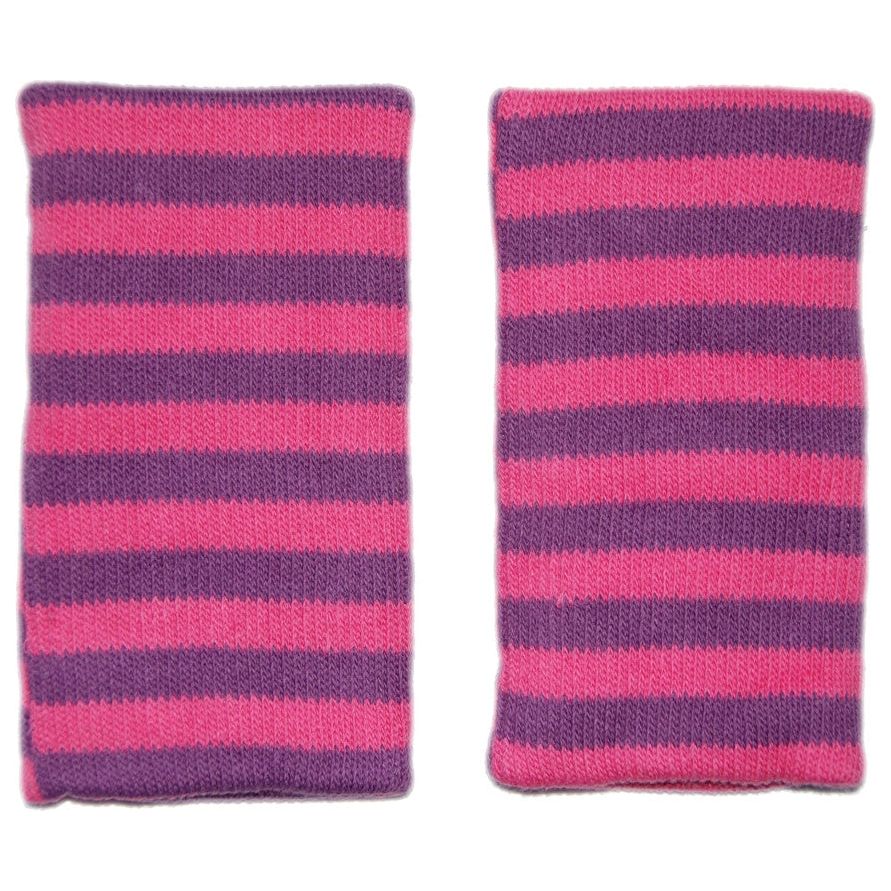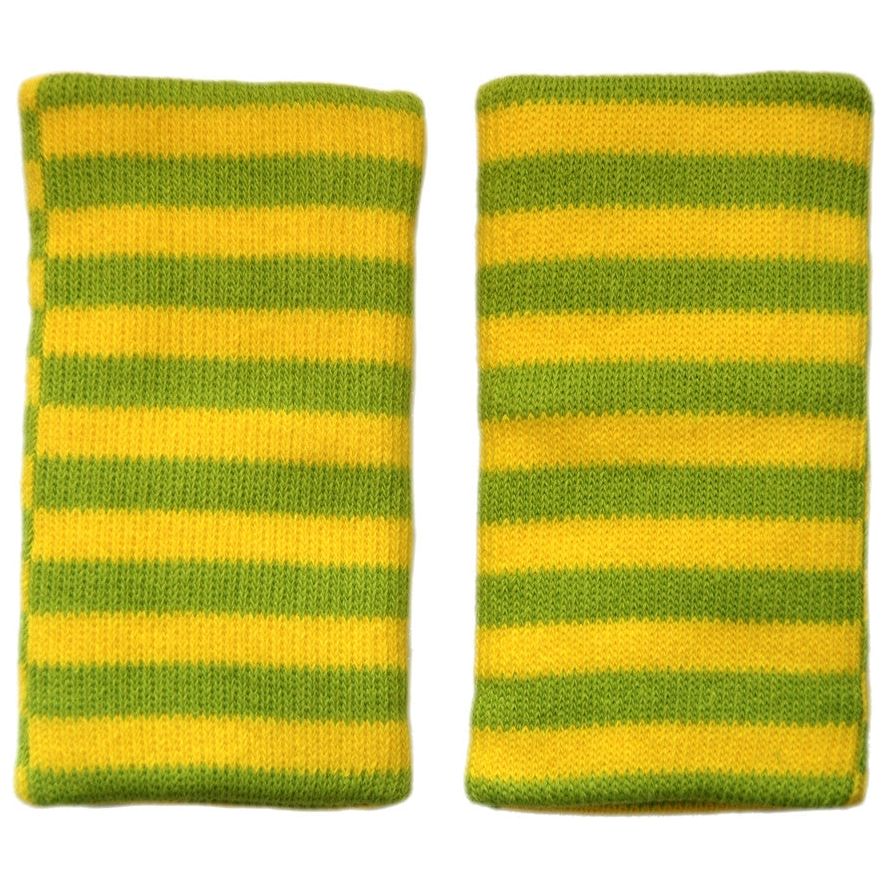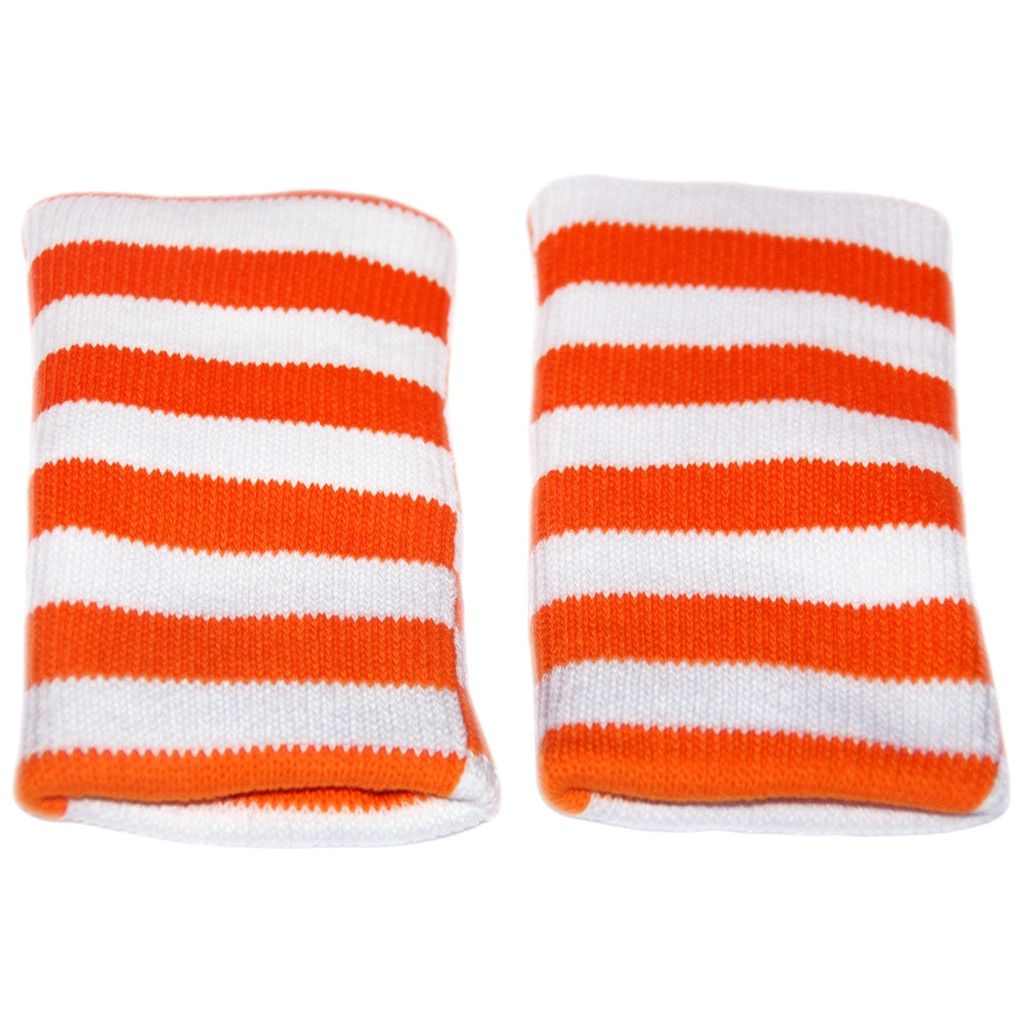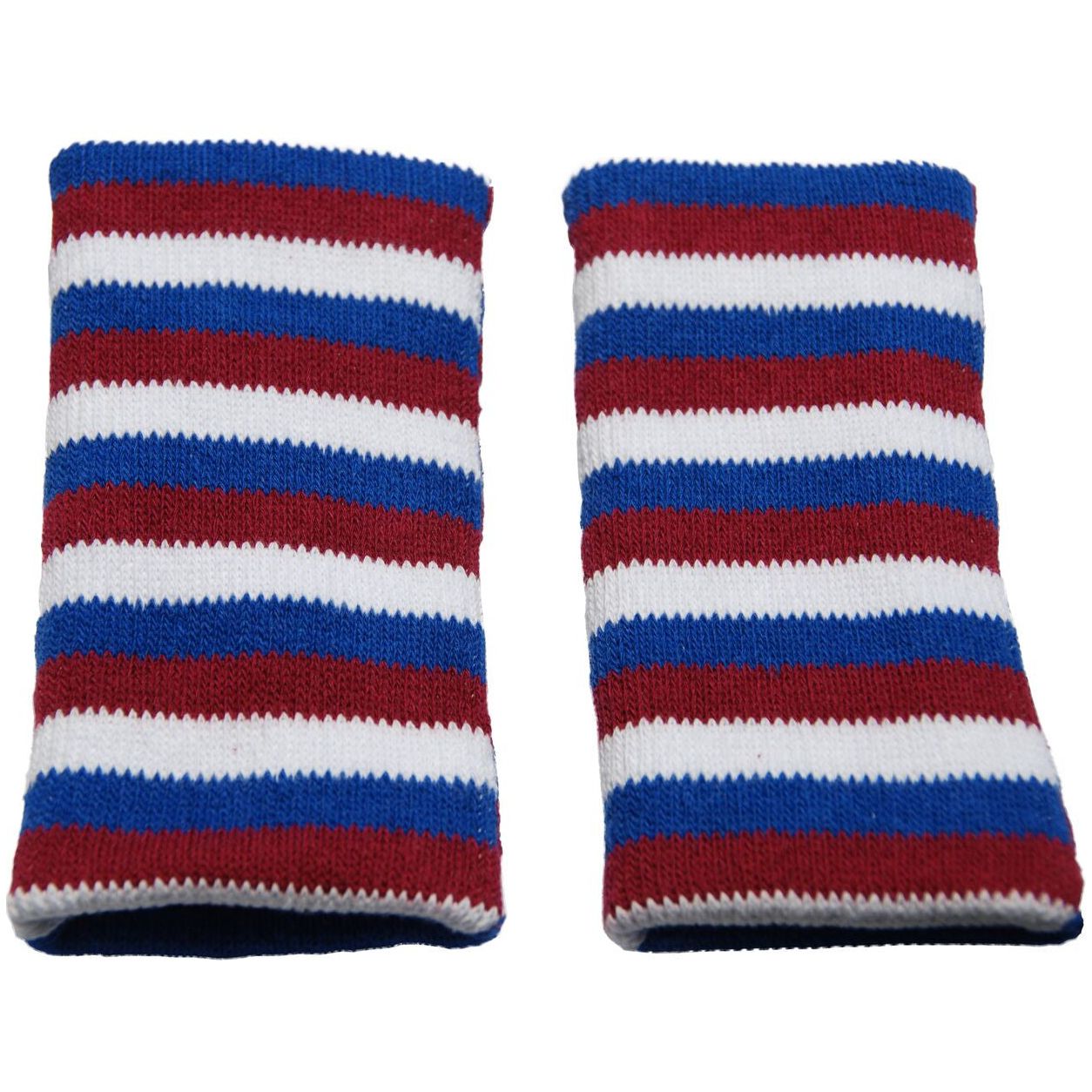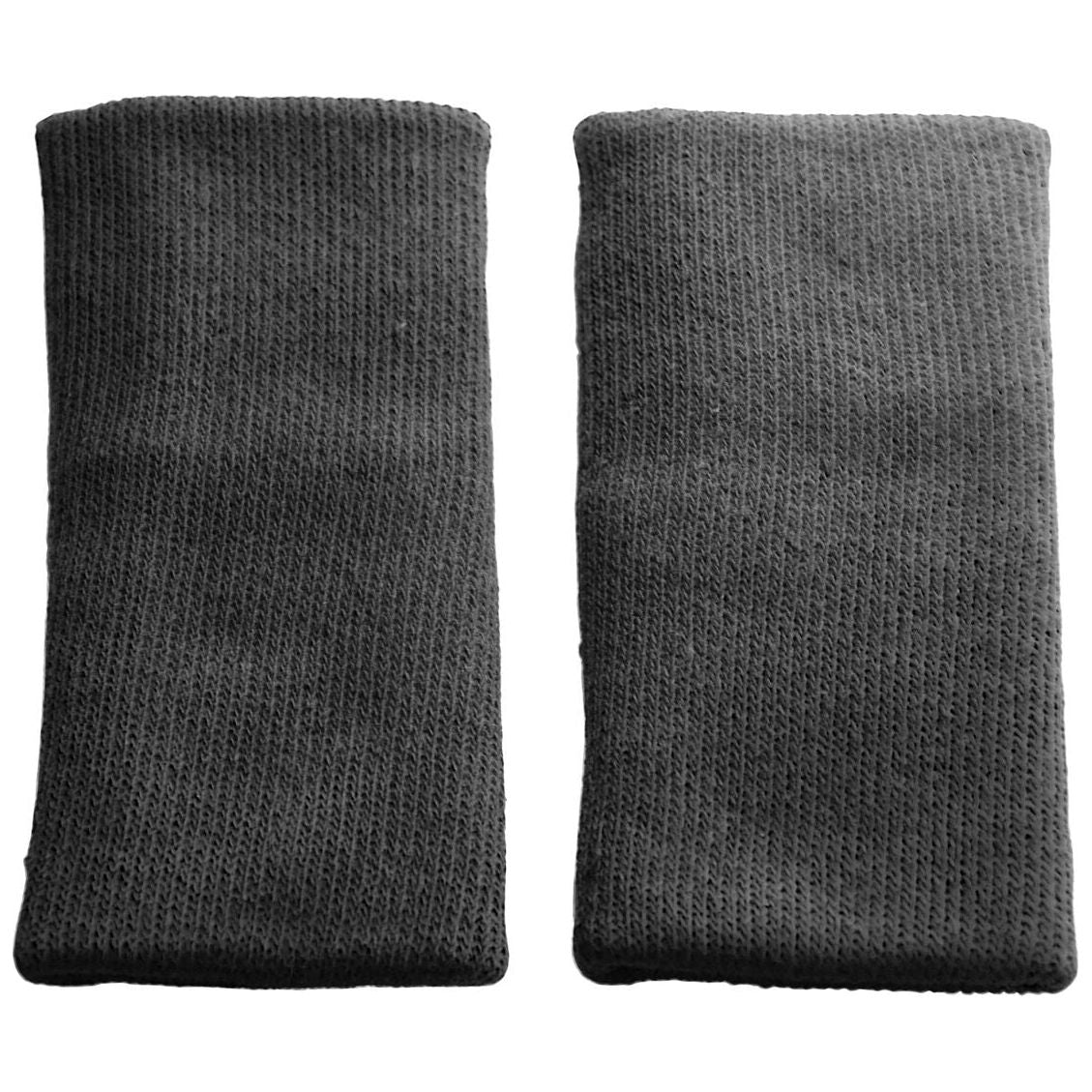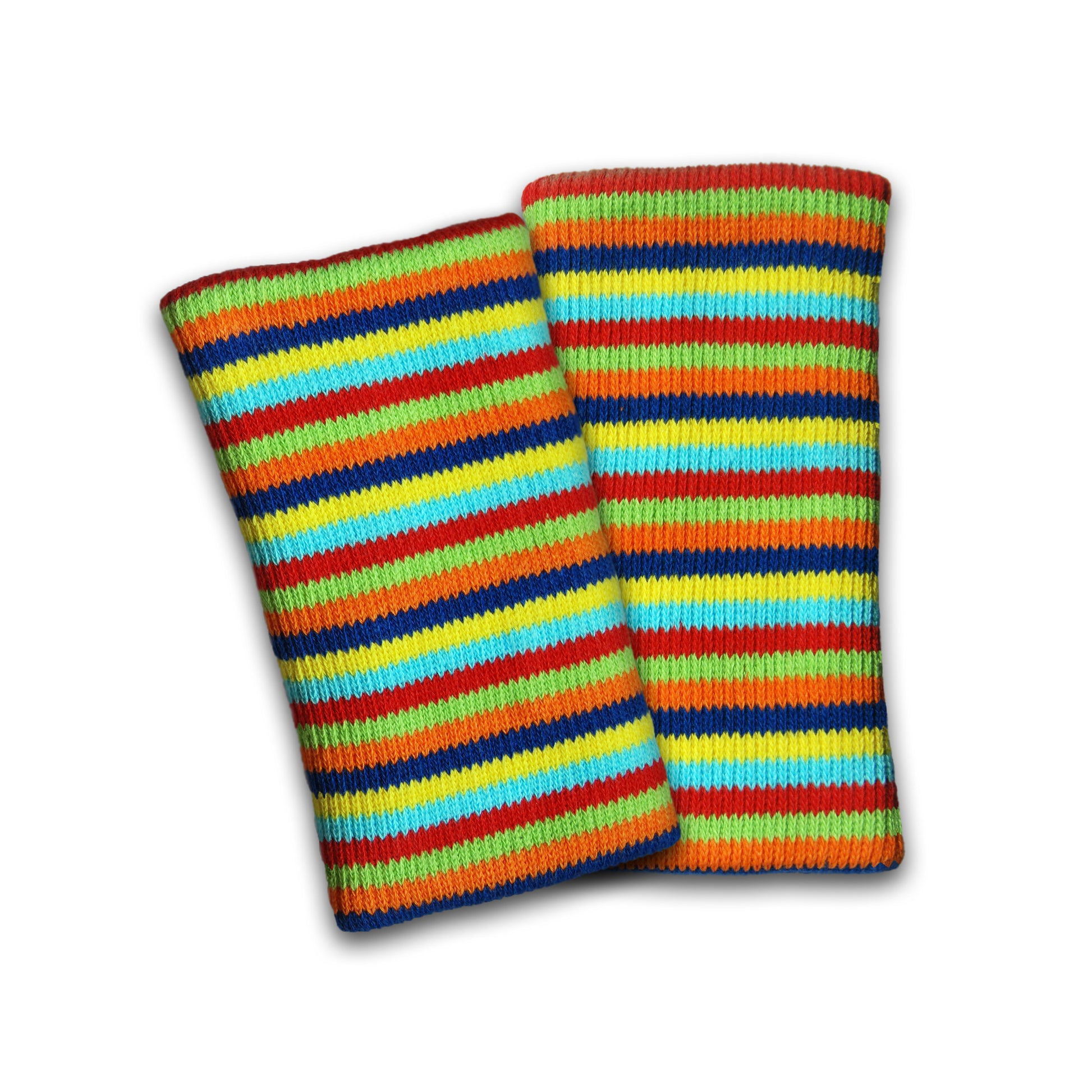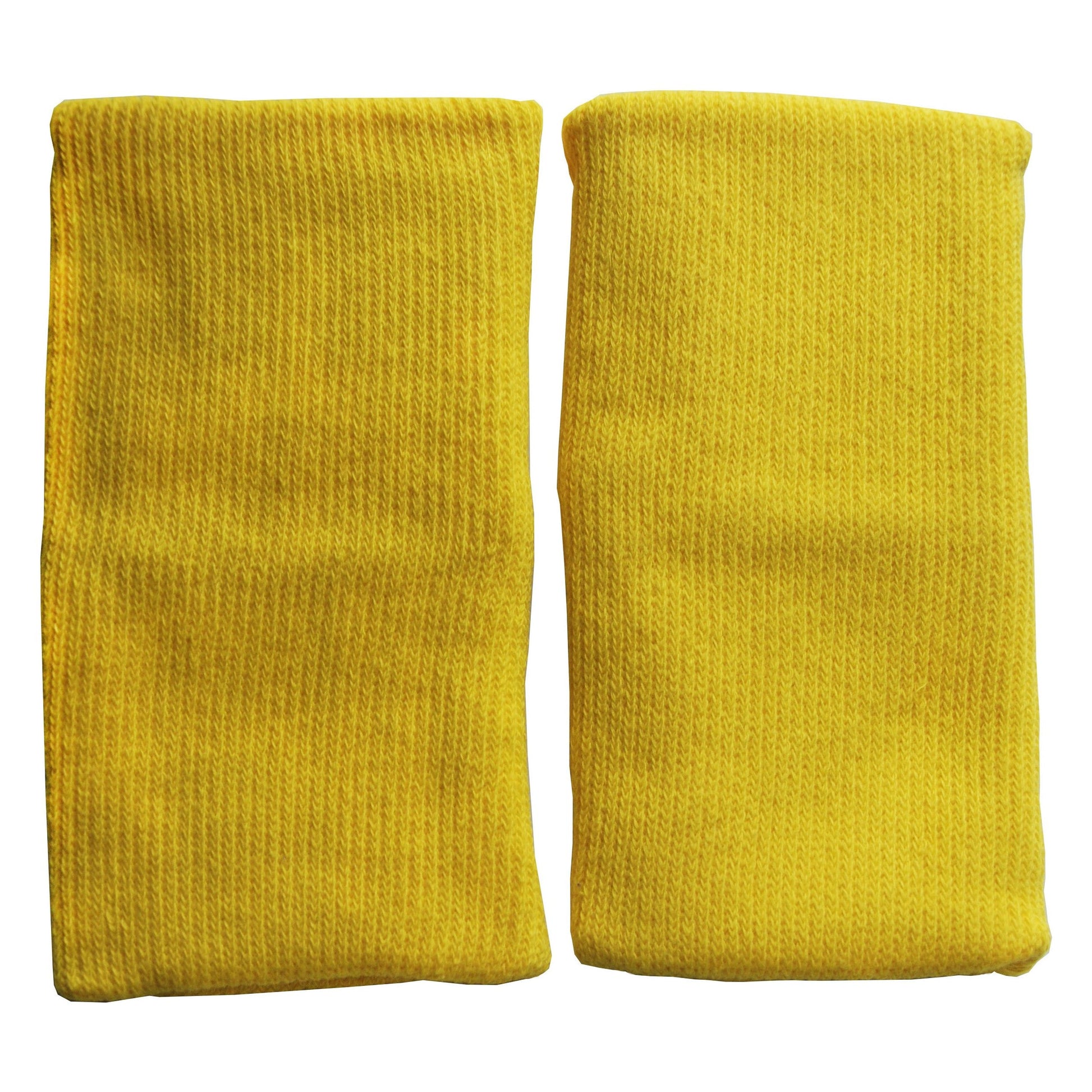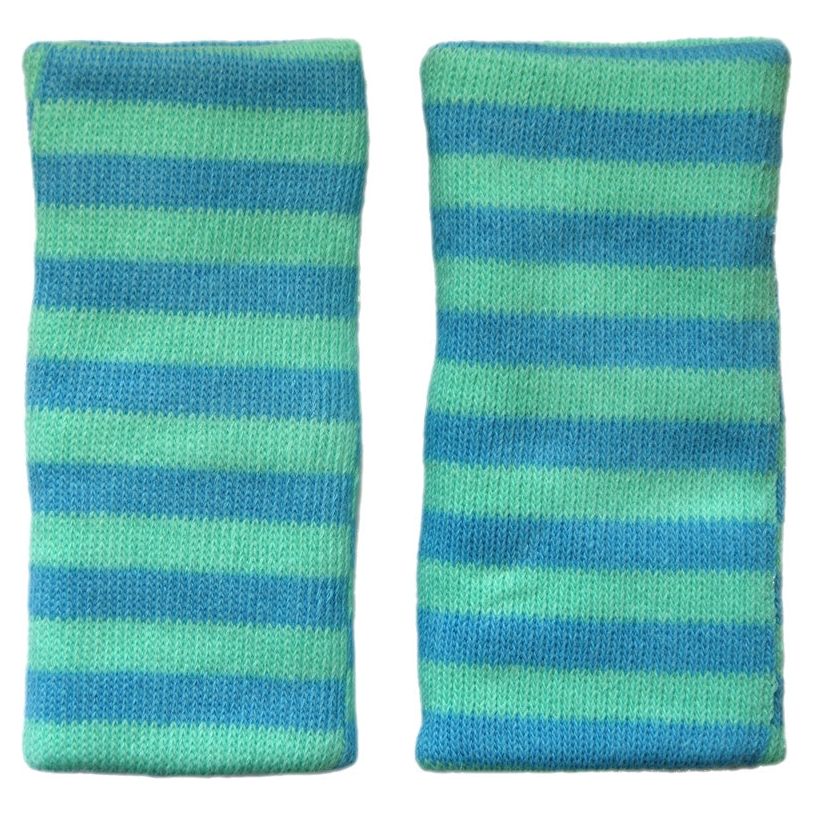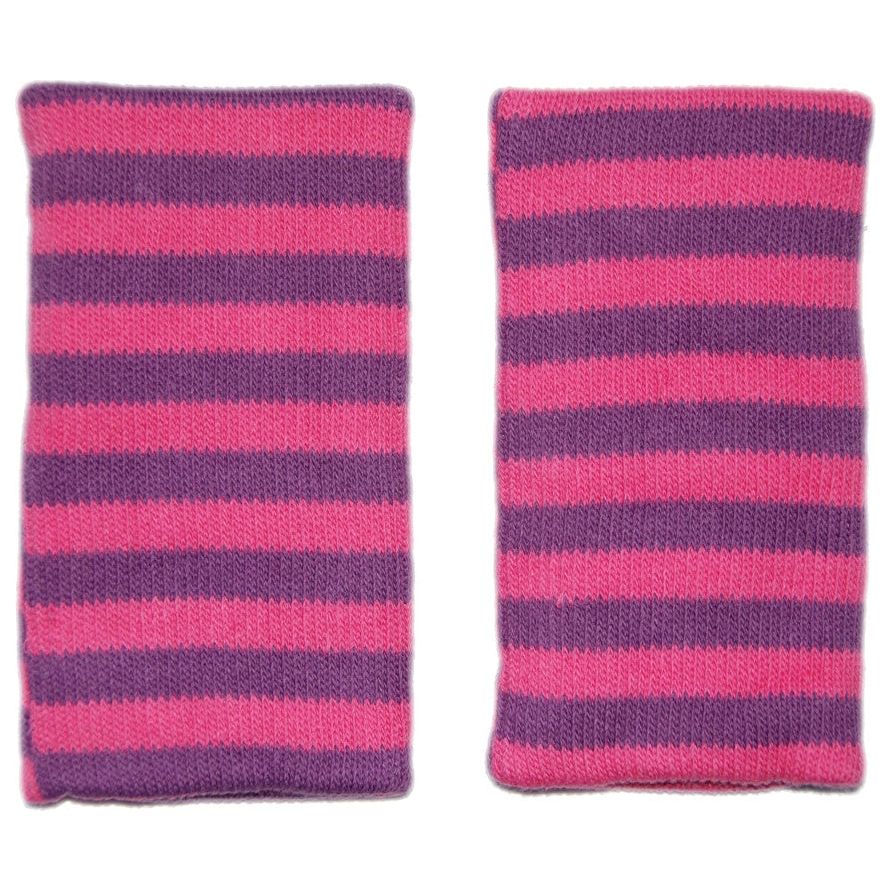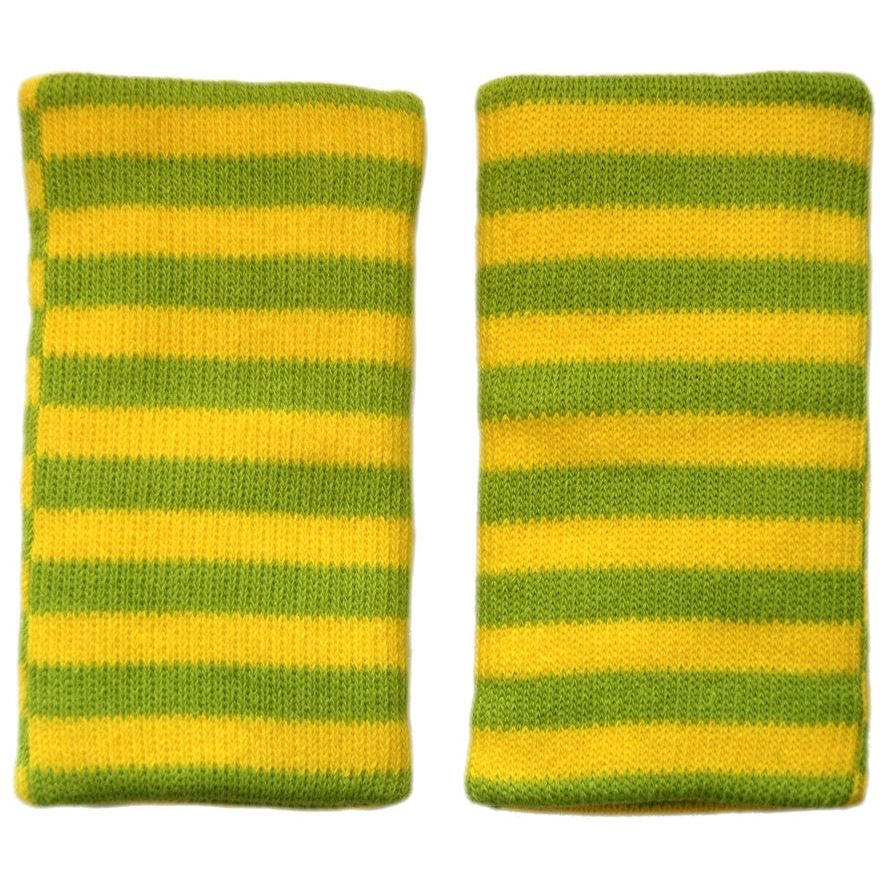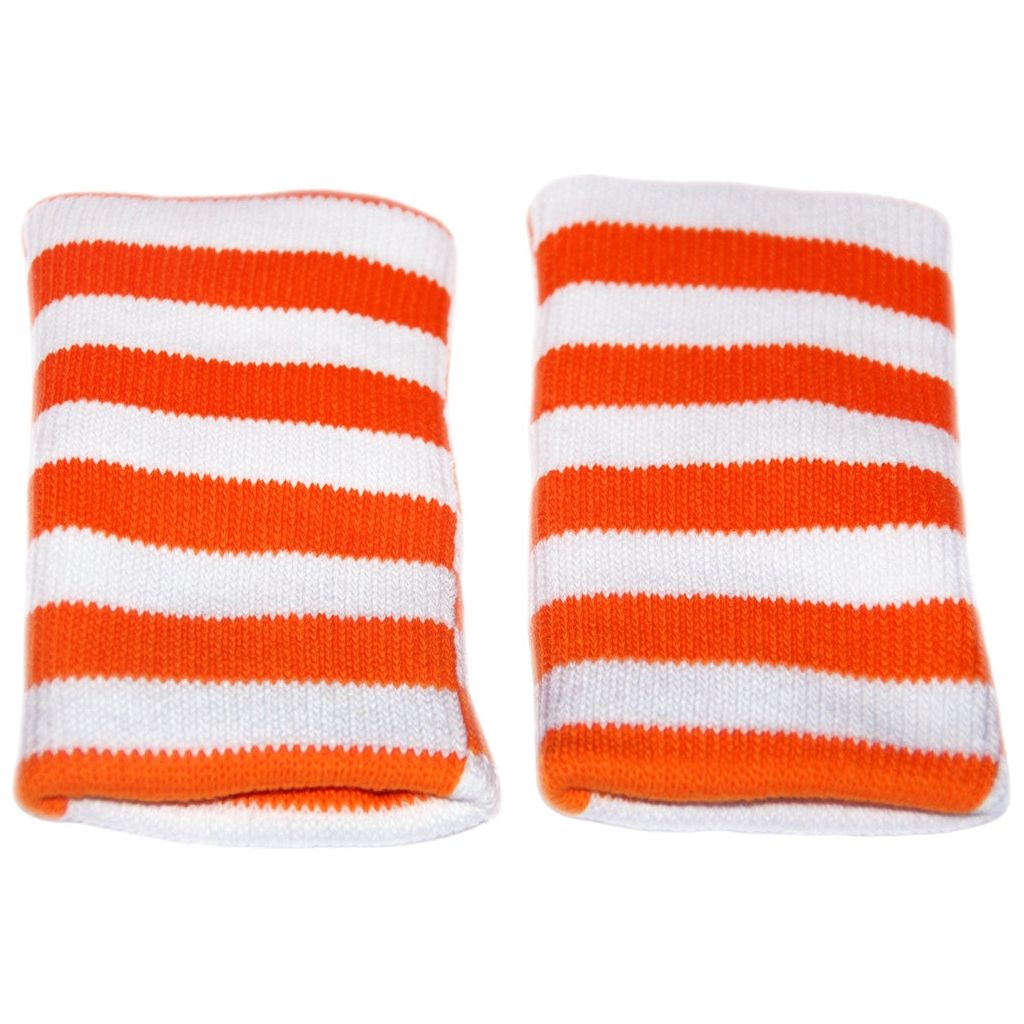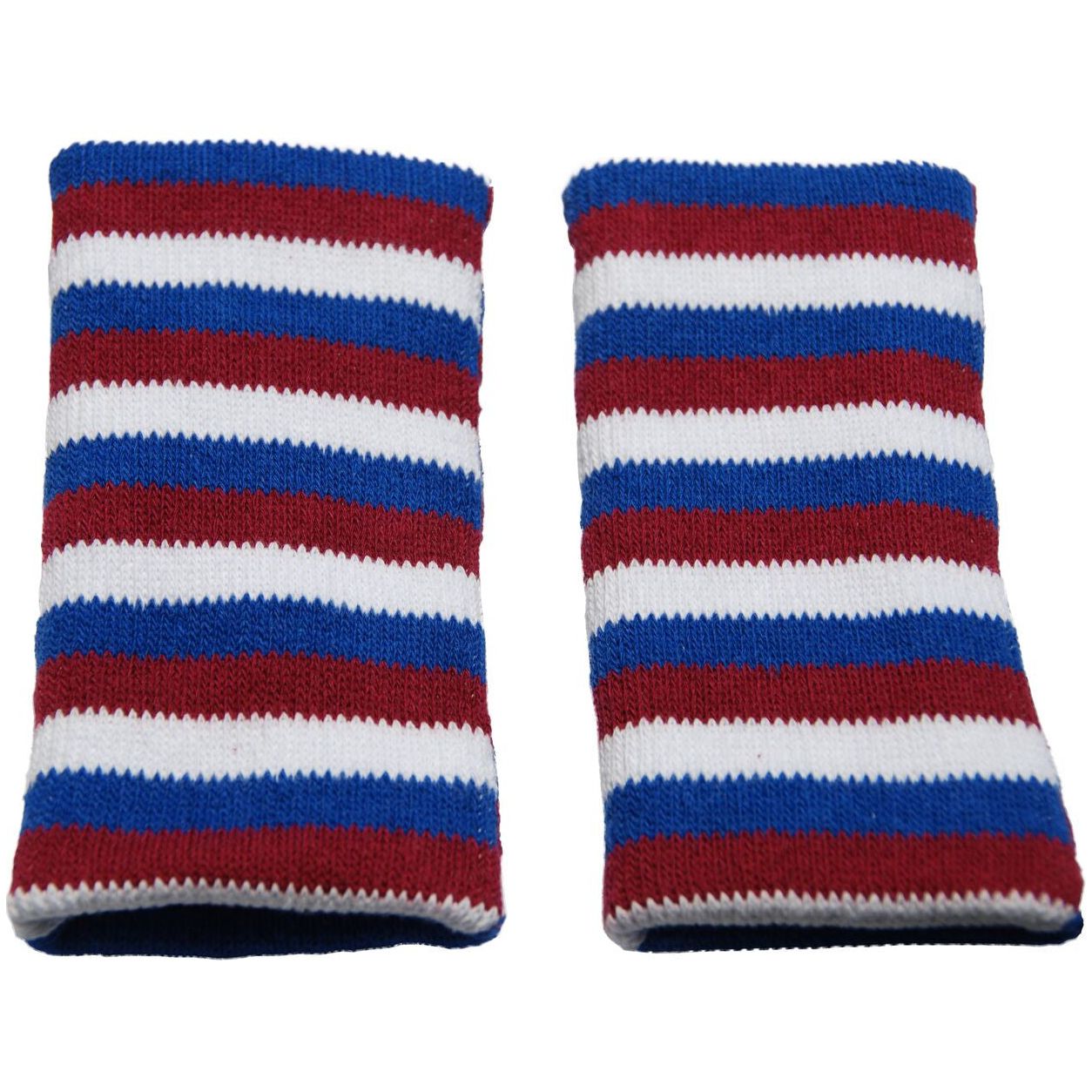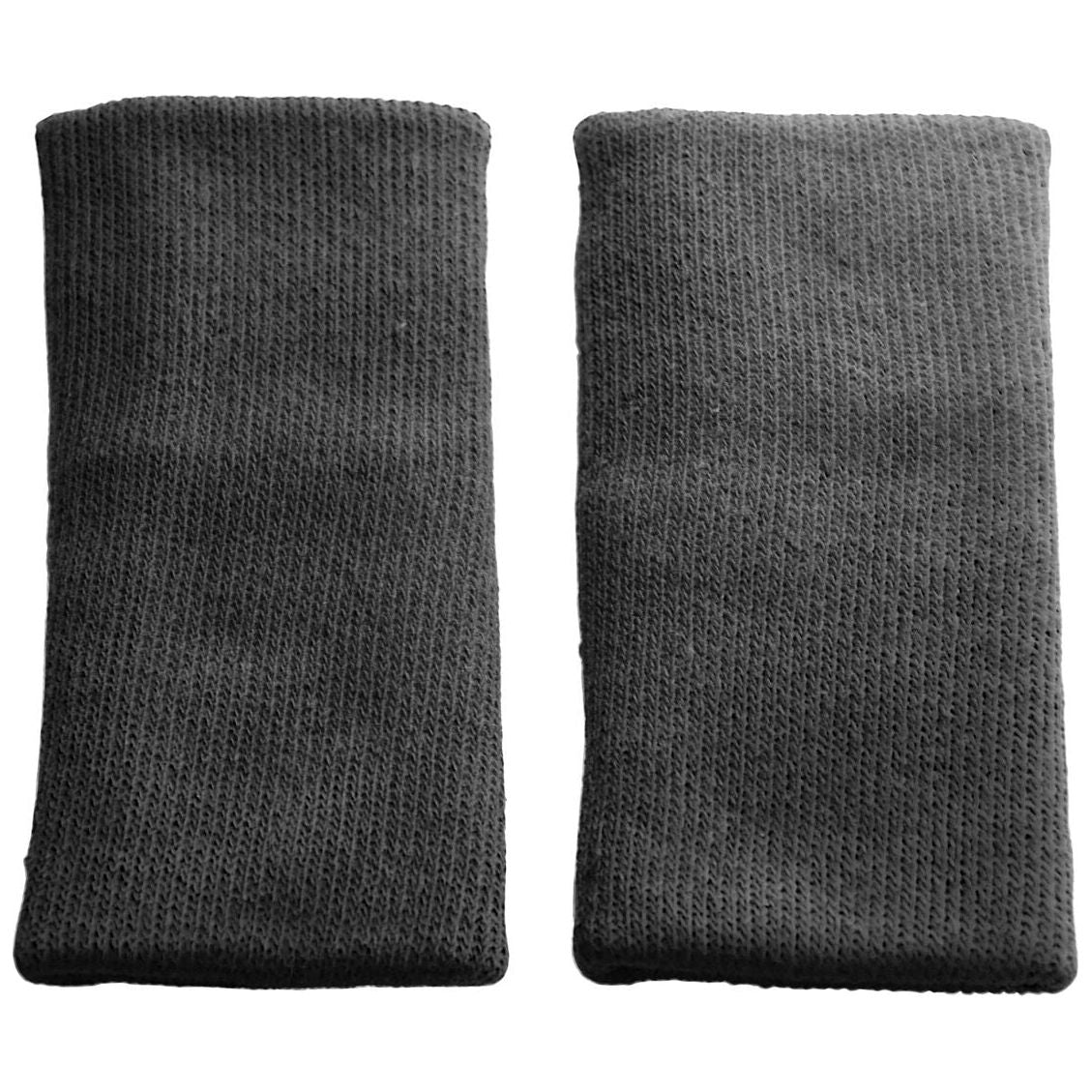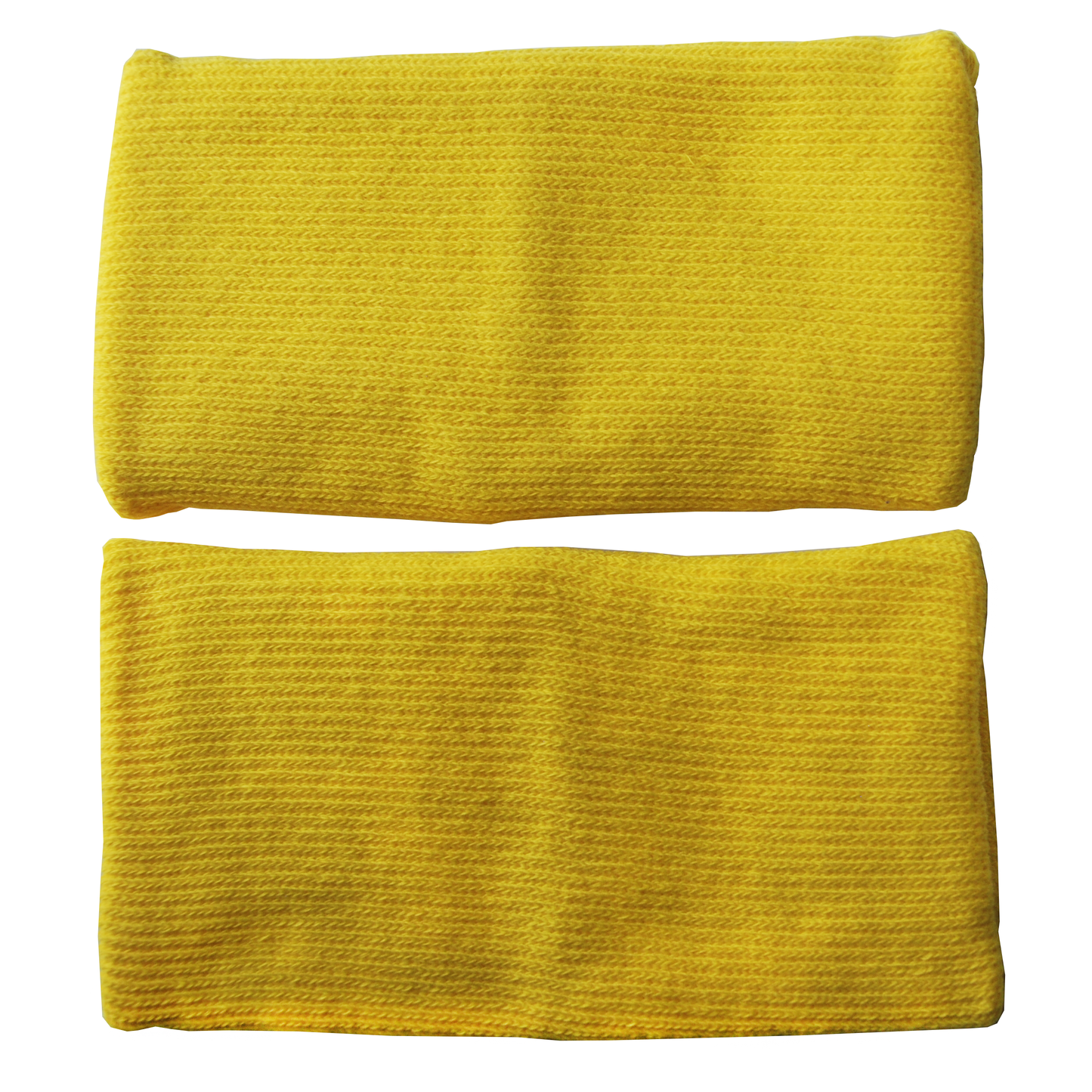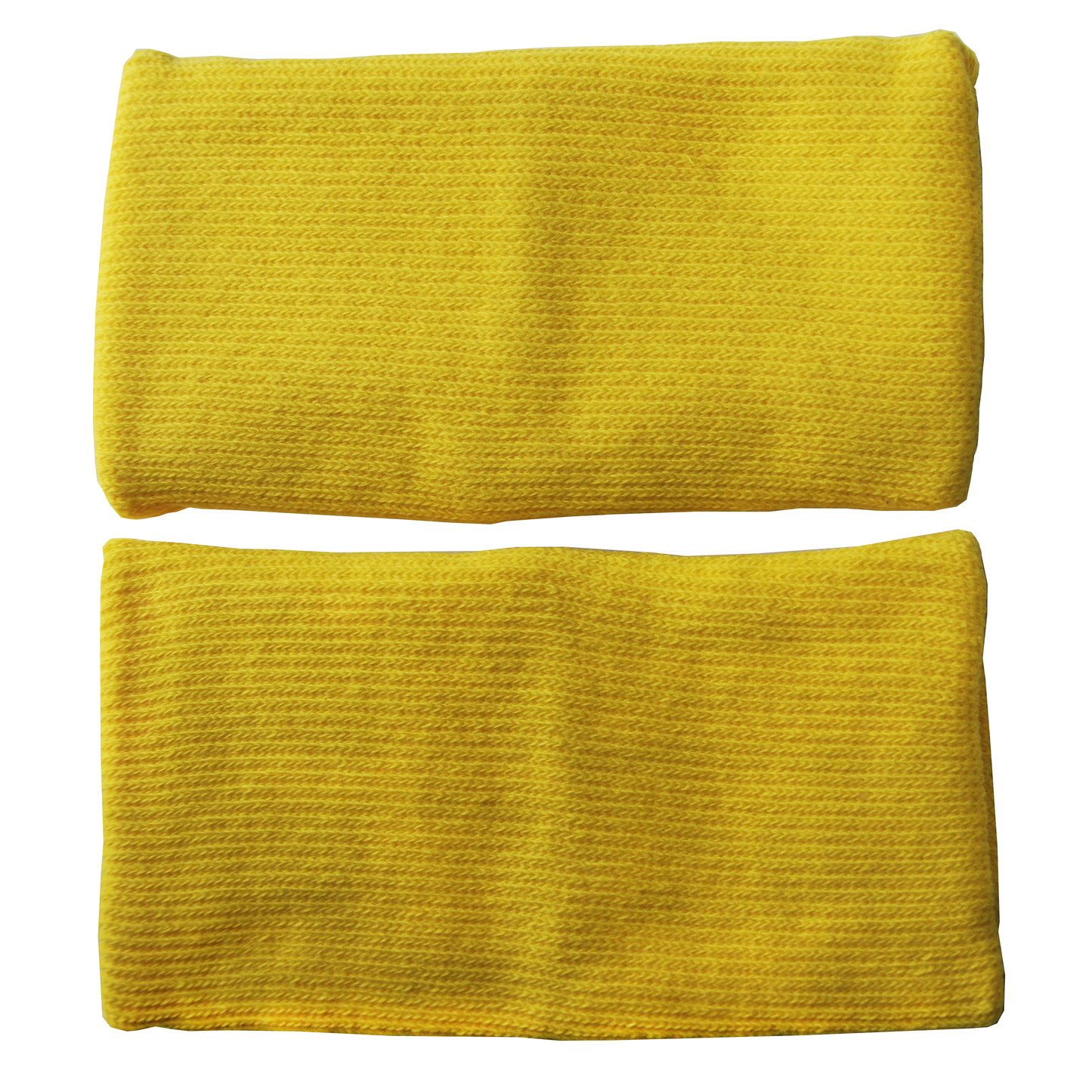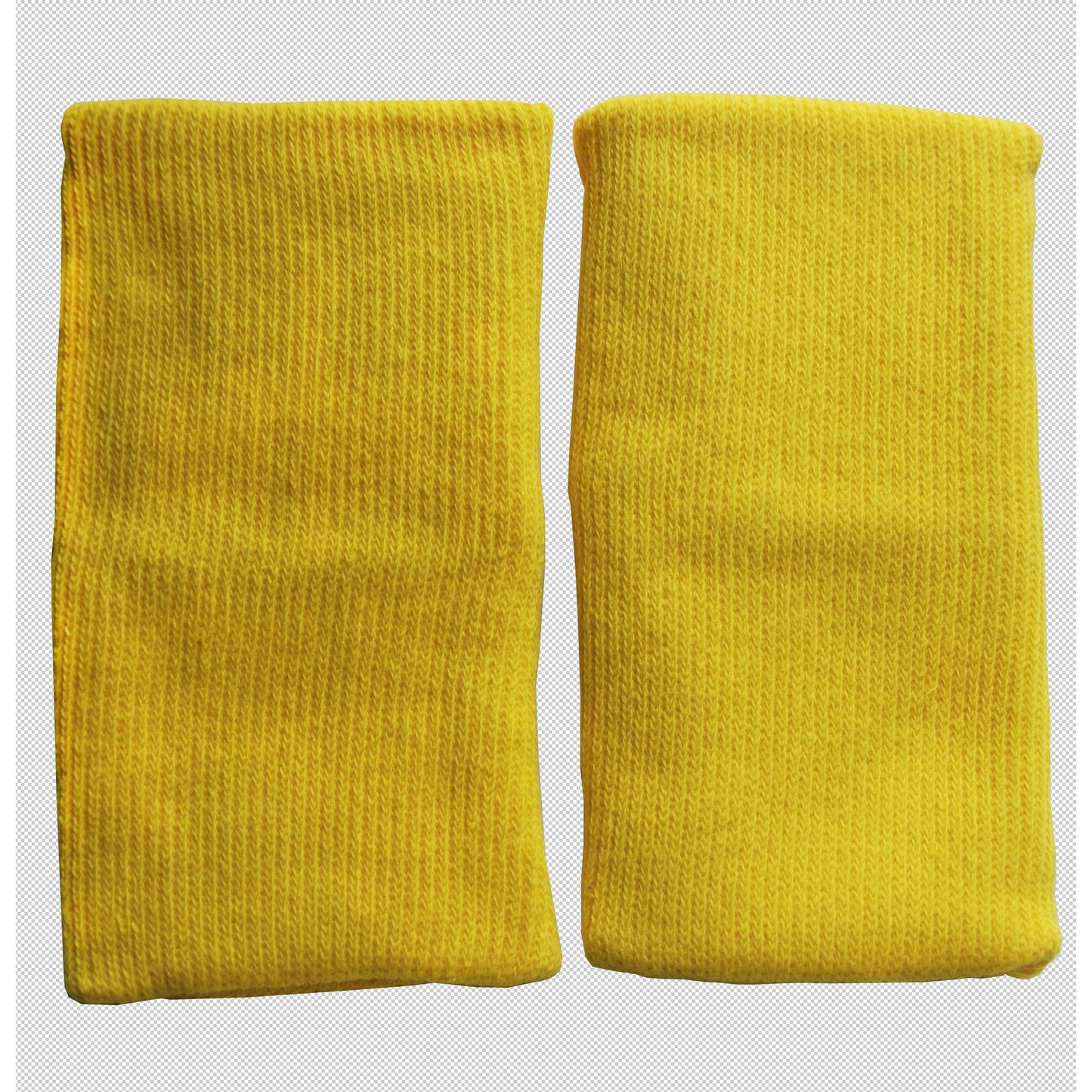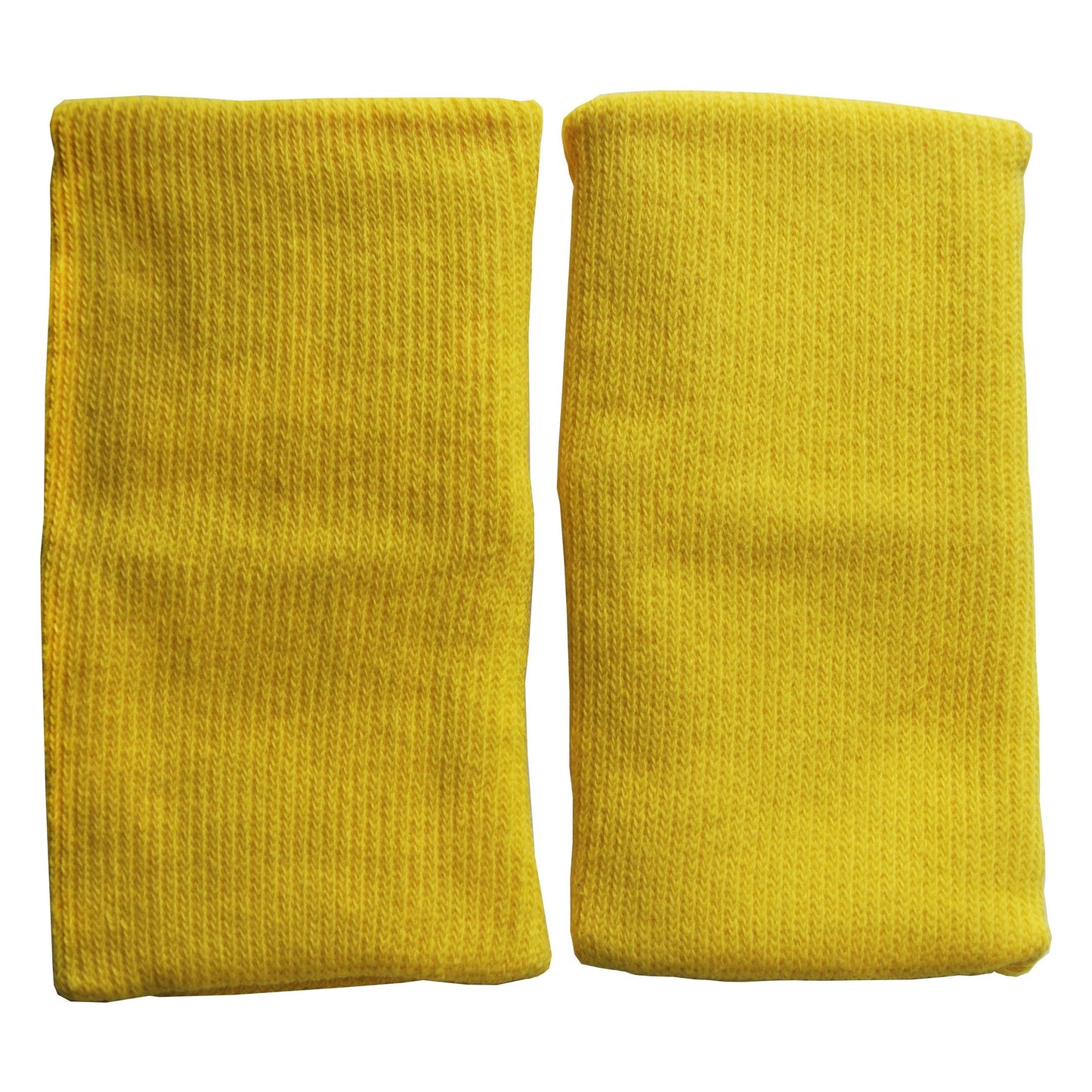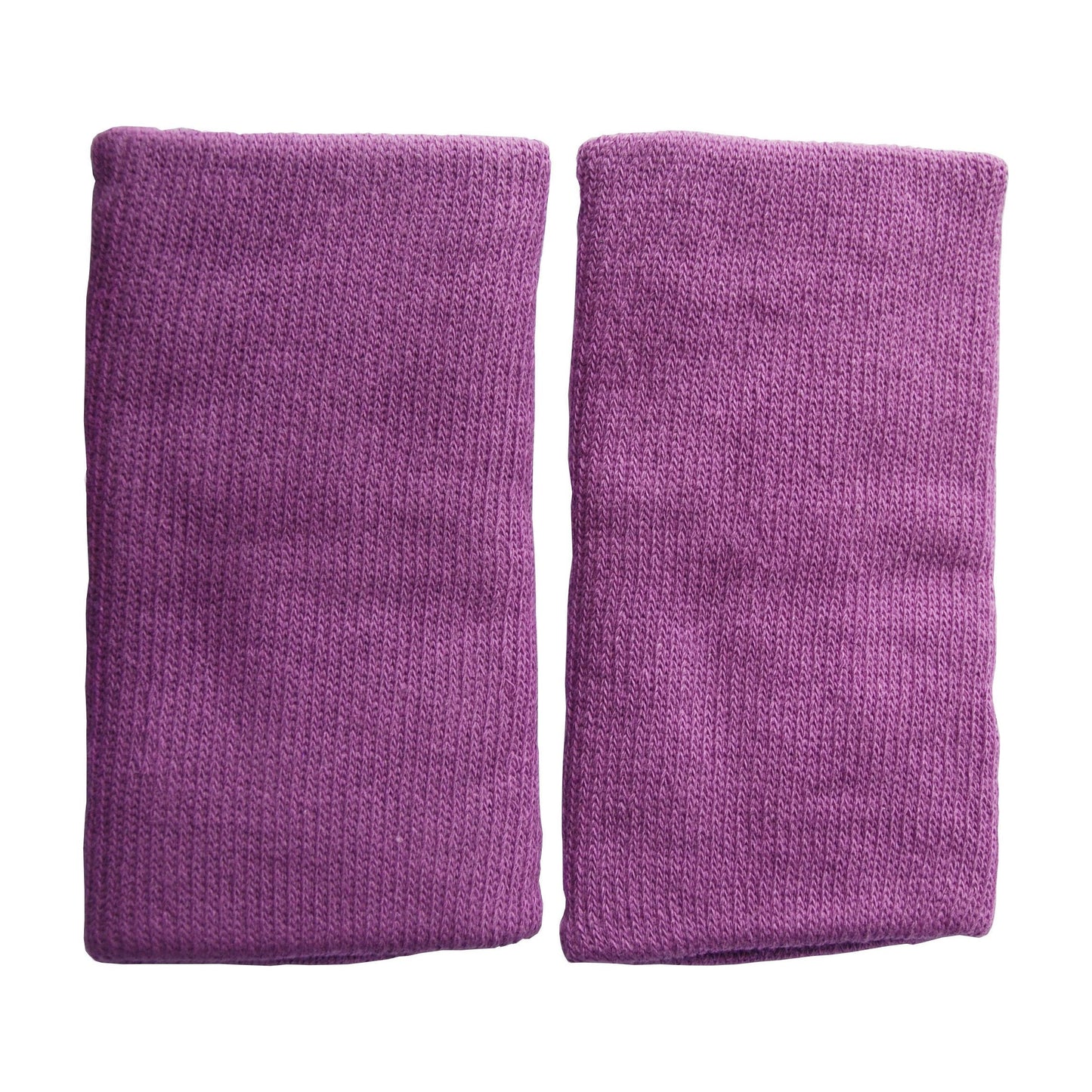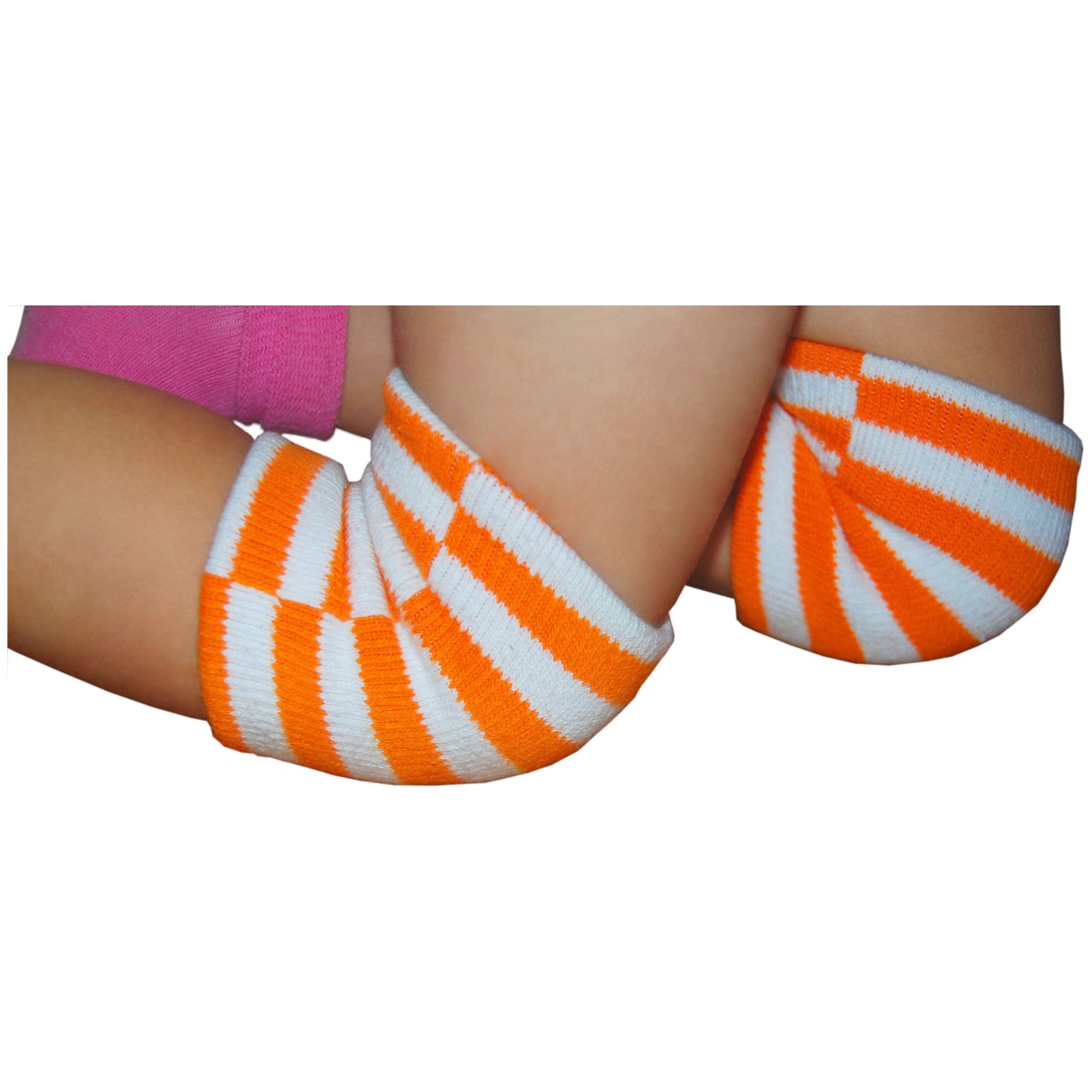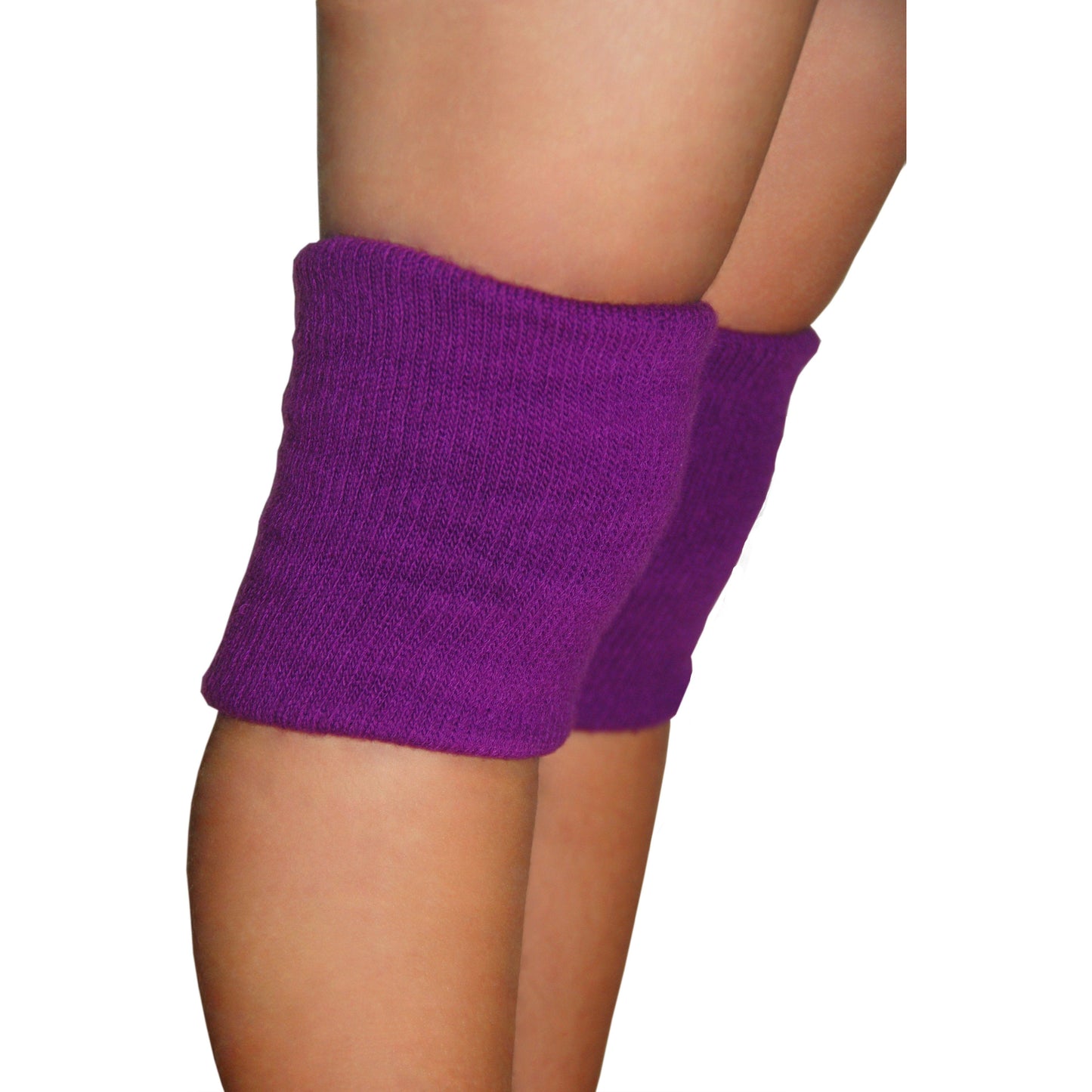One of the most exciting moments in a baby's life is when they take their first steps towards mobility. This typically begins with crawling, a stage that not only sets the foundation for walking but also allows babies to explore their world. Understanding the stages of baby crawling and ensuring safety throughout the process can provide a supportive environment for your little one as they embark on this new journey.
The Stages of Baby Crawling
While all babies are unique and may not follow a strictly linear path, here are some typical stages of baby crawling:
1. Pre-Crawling Stage: At around 6 months of age, babies begin to exhibit signs of readiness for crawling. They start rolling over, sitting with support, and eventually sitting without support. You may also notice them pushing up on their hands during tummy time.
2. Rocking on Hands and Knees: Babies start getting into the crawling position by balancing on their hands and knees. They may rock back and forth in this position, building strength and coordination.
3. Belly Crawling or Commando Crawling: Before the traditional crawling, many babies opt for belly crawling. They pull forward with their arms and push with their legs, dragging their belly on the floor.
4. Classic Crawling: This is the traditional and most recognized form of crawling where a baby moves one arm and the opposite leg together.
5. Variations of Crawling: Some babies might adopt different styles like crab crawling (moving sideways), bear crawling (with hands and feet on the ground), or bottom shuffling (using the hands to move while seated on the bottom).
6. Pulling Up, Standing, and Walking: After mastering crawling, babies will start to pull themselves up to a standing position using furniture for support. This eventually leads to cruising (walking while holding onto furniture), standing unaided, and finally, walking.
Ensuring Safety
While it's thrilling to watch your baby start to explore their surroundings, this new mobility also opens up a whole new world of safety concerns. Here are some tips to ensure your baby's safety:
- Babyproofing: Ensure your home is safe for exploration. Cover sharp corners, secure furniture to the wall, install gates at the top and bottom of stairs, and make sure small objects and toxic substances are out of reach.
- Supervision: Always keep an eye on your baby. Even with thorough babyproofing, constant supervision is the best way to prevent accidents.
- Encouraging Safe Exploration: Provide plenty of opportunities for your baby to practice crawling in a safe and comfortable environment. A clean floor with some toys to motivate movement is perfect.
- Protective Gear: Consider using protective gear like knee pads, especially when your baby is crawling on hard surfaces. They can help prevent bruises and scrapes. However, remember that they are not a substitute for supervision and babyproofing.
- Teaching Safe Boundaries: As your baby grows, teach them about safe boundaries like staying away from the staircase or not touching the oven. It's never too early to start instilling these safety lessons.
Remember, every baby develops at their own pace, so don't worry if your little one is taking their time. The most important thing is to provide a safe and supportive environment for them to explore at their own speed. Happy crawling!



